Rewriting the Story of Human Intelligence
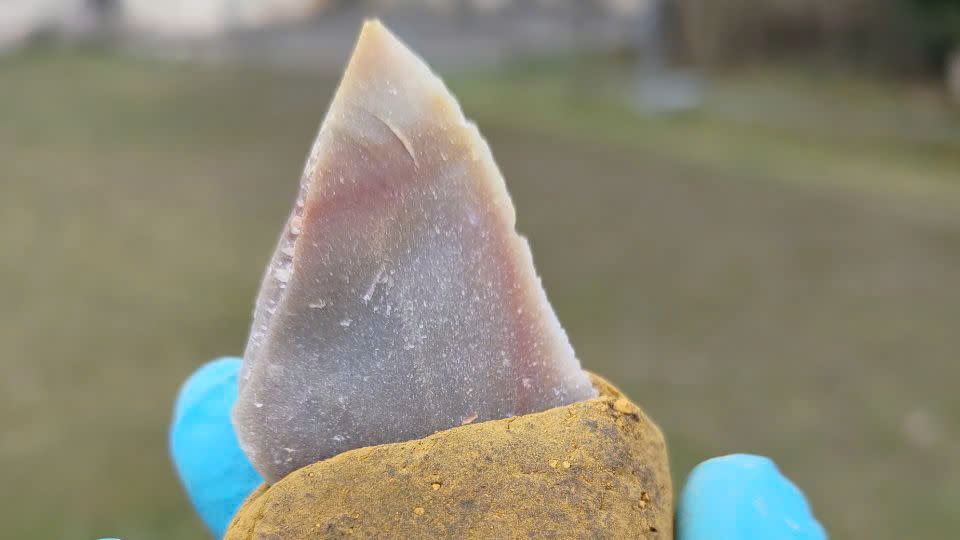
In the rolling landscapes of prehistoric France, at the Le Moustier archaeological site, a remarkable discovery has emerged that challenges everything we thought we knew about our ancient relatives, the Neanderthals. Far from being primitive brutes, these ingenious humans were master craftsmen with sophisticated technological skills that rival those of early modern humans.
A Technological Marvel: Compound Adhesives 40,000 Years Ago
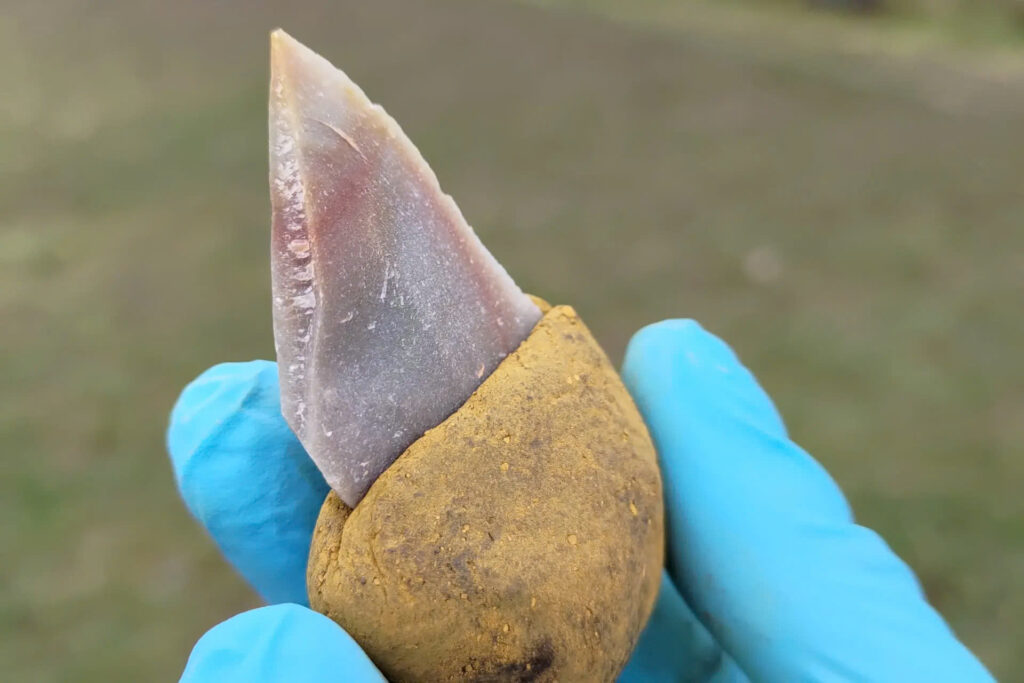
Recent scientific investigations have uncovered an extraordinary achievement: Neanderthals created complex adhesives by meticulously mixing ochre and bitumen. This wasn’t just a simple bonding agent, but a carefully engineered substance that demonstrated remarkable cognitive sophistication.
The Intricate Process of Material Collection
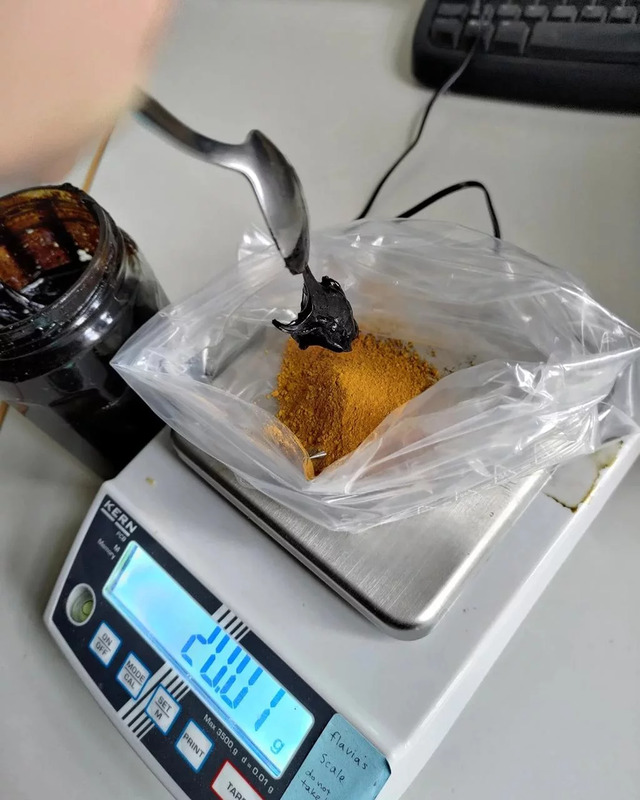
What makes this discovery truly impressive is the extensive planning required. These early humans didn’t have local access to bitumen and ochre. Instead, they embarked on deliberate journeys, traveling significant distances to collect specific materials. This process reveals a level of strategic thinking and foresight previously unrecognized.
Beyond Simple Tool-Making: A Window into Neanderthal Cognition
Researchers like Patrick Schmidt from the University of Tübingen and Marie-Hélène Moncel from the French National Museum of Natural History emphasize that these adhesives represent more than just a technological achievement. They are evidence of abstract thinking, problem-solving skills, and a deep understanding of material properties.
Challenging Historical Stereotypes
The microscopic wear patterns on these tools tell a story of practical innovation. Neanderthals weren’t just surviving; they were thriving, creating tools that were both functional and aesthetically considered. Their compound adhesive—containing over 50% ochre—represented a unique “Neanderthal recipe” that distinguished their technological approach.
A Broader Understanding of Human Evolution
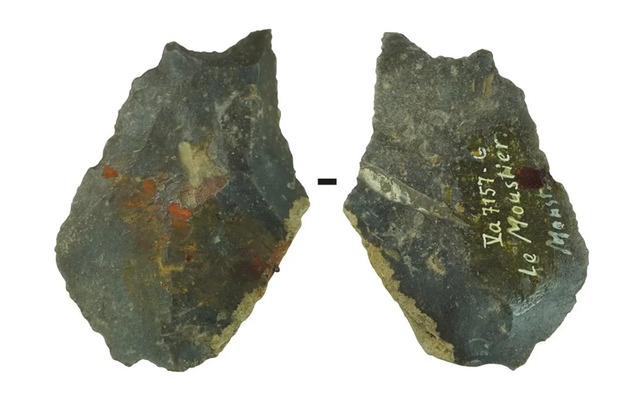
This discovery is part of a growing body of evidence that repositions Neanderthals in our understanding of human history. They were not a evolutionary dead-end, but a parallel branch of humans with capabilities remarkably similar to our own.
The Continuing Quest for Understanding

While this breakthrough is groundbreaking, it also opens new avenues of research. Questions remain about the exact dating of tools, the extent of technological exchange between different human species, and the full scope of Neanderthal cognitive abilities.
Conclusion: Redefining Human Potential
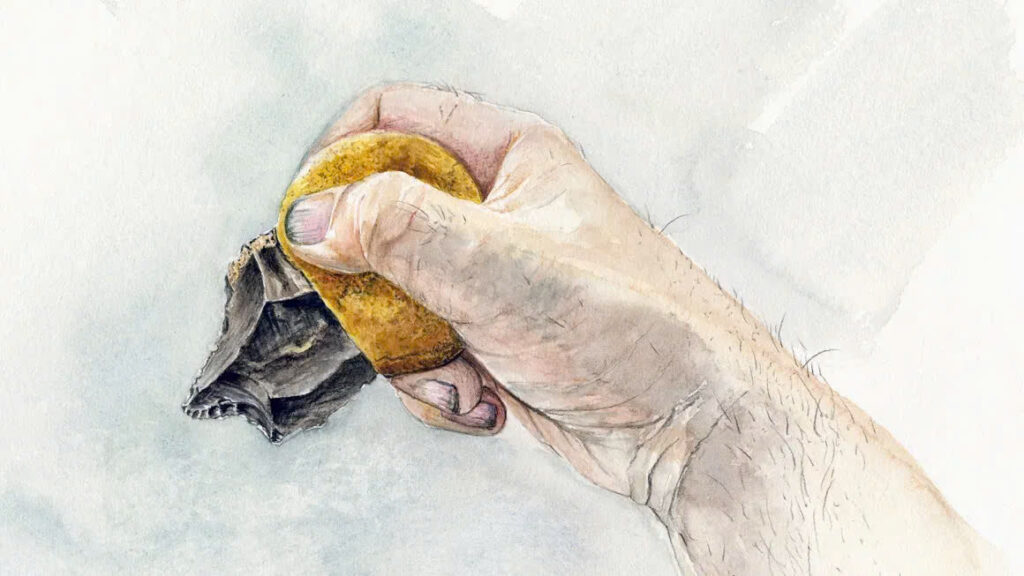
The story of Neanderthal adhesives is more than an archaeological footnote. It’s a powerful reminder that intelligence, creativity, and innovation are not limited by time or species. As we continue to uncover their remarkable achievements, Neanderthals teach us a profound lesson about the diverse expressions of human potential.
In the words of Dr. Schmidt, these compound adhesives represent “one of the first expressions of the modern cognitive processes that are still active today”—a testament to the enduring spirit of human ingenuity.

